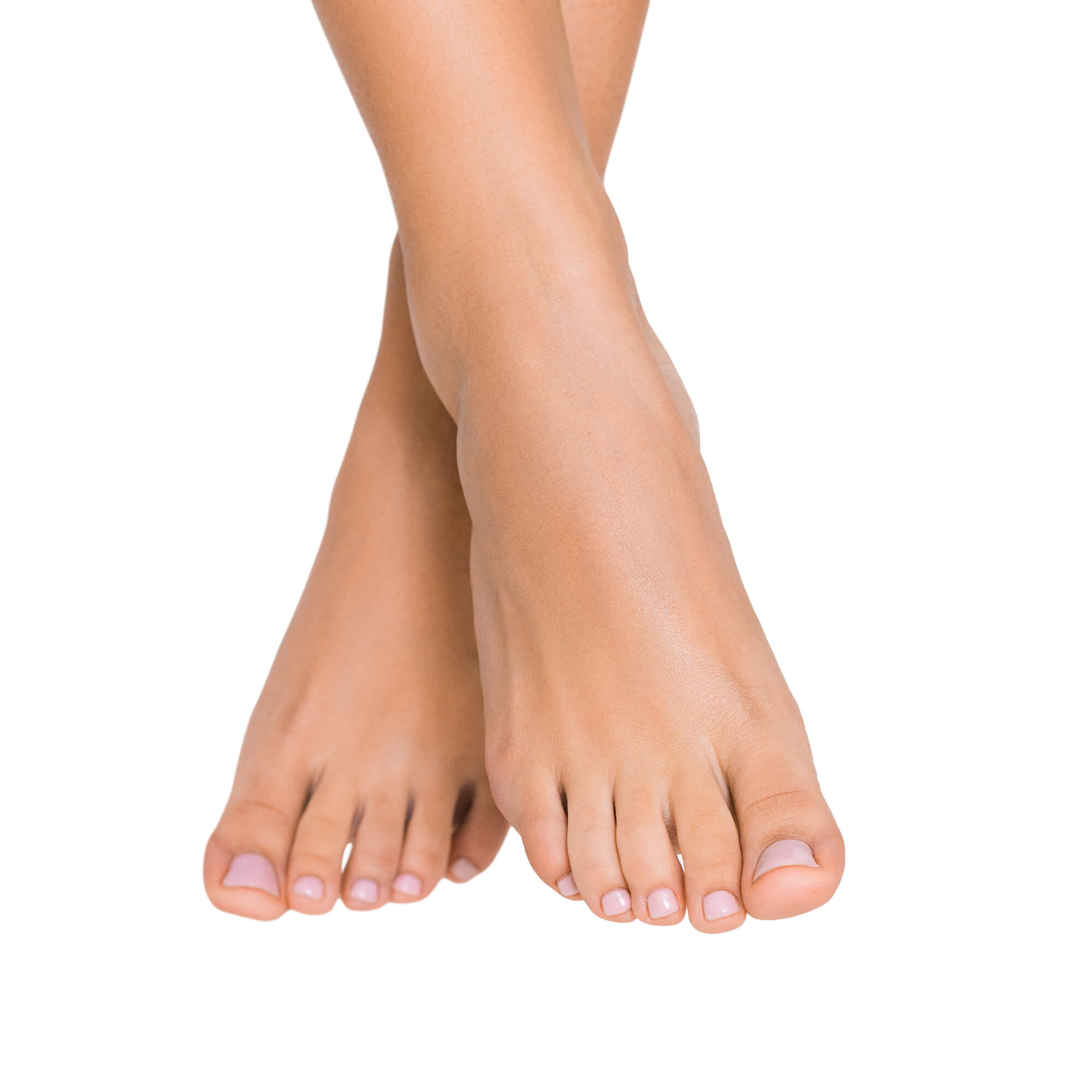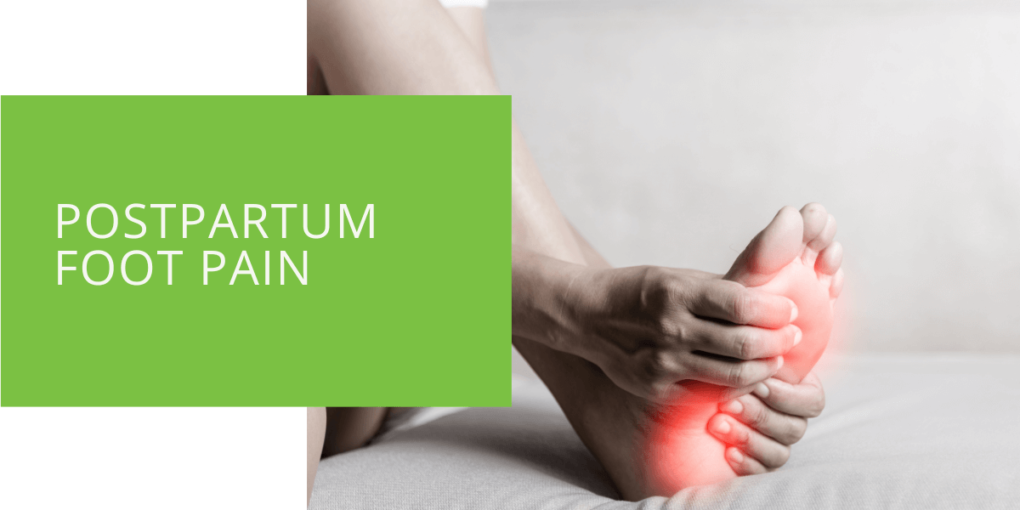Managing Postpartum Foot Pain: A Guide for New Mothers
Pregnancy and childbirth bring about significant changes in a woman's body, including the feet. Many new mothers experience postpartum foot pain, which can range from mild discomfort to debilitating pain. This comprehensive guide will explore the causes of postpartum foot pain, common conditions such as plantar fasciitis, and effective strategies for managing and relieving discomfort.
Key Takeaways
- Postpartum foot pain is a common issue for new mothers, often caused by weight gain, hormonal changes, and shifts in foot structure during pregnancy.
- Conditions like plantar fasciitis can contribute to postpartum foot pain, but proper footwear, physical therapy, and self-care strategies can help manage discomfort and promote healing.
- Seeking professional help from a podiatrist or physical therapist is crucial for diagnosing and treating underlying foot issues, ensuring long-term relief, and improving foot health for new mothers.
Understanding Postpartum Foot Pain
What is Postpartum Foot Pain?
Postpartum foot pain refers to discomfort, soreness, or pain in the feet experienced by women after childbirth. It can occur due to various factors, including hormonal changes, weight gain during pregnancy, and changes in foot structure.
Common Causes of Postpartum Foot Pain
- Weight Gain: During pregnancy, women typically gain weight, putting added pressure on the feet and contributing to foot pain.
- Hormonal Changes: Hormonal fluctuations during pregnancy and postpartum can weaken the ligaments and tissues in the feet, leading to instability and pain.
- Changes in Foot Structure: Pregnancy hormones can also cause the ligaments in the feet to relax, leading to a flattening of the arches and resulting in conditions such as plantar fasciitis.
The Link Between Pregnancy and Foot Pain
Pregnancy can exacerbate existing foot issues or lead to the development of new ones. The added weight, hormonal changes, and increased pressure on the feet can contribute to conditions like plantar fasciitis, arch pain, and ankle inflammation.
How Postpartum Foot Pain Differs from Pregnancy-Related Foot Issues
While foot pain during pregnancy is common, postpartum foot pain may persist or worsen after childbirth. The physical demands of caring for a newborn, combined with hormonal fluctuations and recovery from childbirth, can prolong foot discomfort for new mothers.
Types of Postpartum Foot Pain
Plantar Fasciitis
Plantar fasciitis is one of the most common foot conditions experienced by new mothers. It occurs when the plantar fascia, the thick band of tissue that runs along the bottom of the foot, becomes inflamed or irritated. Postpartum plantar fasciitis can cause stabbing pain in the heel or arch of the foot, especially with the first steps in the morning.
Symptoms of postpartum plantar fasciitis may include:
- Heel Pain: Pain or tenderness in the heel, particularly with weight-bearing activities.
- Arch Pain: Discomfort or aching in the foot's arch, especially after prolonged standing or walking.
- Stiffness: Tightness or stiffness in the sole, especially after rest periods.
Other Foot Conditions
In addition to plantar fasciitis, new mothers may experience other foot issues postpartum, including:
- Arch Pain: Pain or discomfort in the foot's arch due to overpronation or flattening of the arches.
- Foot Swelling and Edema: Swelling and fluid retention in the feet and ankles can exacerbate foot pain and discomfort.
- Ankle Inflammation: Inflammation and stiffness in the ankles, often due to hormonal changes and increased strain on the joints during pregnancy.

Tips for Managing Postpartum Foot Pain
Importance of Proper Footwear Postpartum
Wearing supportive footwear is crucial for managing postpartum foot pain. Choose shoes with adequate arch support, cushioning, and stability to reduce foot pressure and promote proper alignment. Avoid high heels and narrow-toed shoes, which can exacerbate foot issues and increase discomfort.
Tips for Choosing Supportive Shoes After Pregnancy
When selecting shoes postpartum, consider the following factors:
- Arch Support: Look for shoes with built-in arch support to help maintain the foot's natural shape and alleviate strain on the plantar fascia.
- Cushioning: Opt for shoes with ample cushioning in the heel and forefoot to absorb shock and reduce impact during walking or standing.
- Stability: Choose shoes with a firm heel counter and supportive midsole to provide stability and prevent excessive foot motion.
Foot Stretches and Exercises to Alleviate Postpartum Foot Pain
Incorporating stretching and strengthening exercises into your daily routine can help alleviate postpartum foot pain and improve foot function. Some effective exercises include:
- Calf Stretch: Stand facing a wall with your hands against the wall at shoulder height. Step one foot back and press the heel into the ground while keeping the knee straight. Hold for 30 seconds and switch sides.
- Towel Curl: Sit in a chair with your feet flat on the floor. Place a towel on the ground and use your toes to scrunch it up toward you. Repeat for 10-15 repetitions.
- Ankle Alphabet: Sit or lie down with your legs extended. Rotate your ankles to trace the letters of the alphabet with your toes, moving through the entire range of motion.
The Role of Physical Therapy in Managing Postpartum Foot Pain
Physical therapy can be an effective treatment option for postpartum foot pain, especially for conditions like plantar fasciitis. A physical therapist can develop a personalized treatment plan tailored to your specific needs, which may include:
- Manual Therapy: Hands-on techniques such as massage and joint mobilization to reduce pain and improve mobility in the feet and ankles.
- Stretching and Strengthening Exercises: Targeted exercises to stretch tight muscles, strengthen weak muscles, and improve overall foot function.
- Orthotic Devices: Custom orthotic inserts to support the arches, redistribute pressure on the feet, and promote proper alignment during walking and standing.
- Gait Analysis: Evaluation of your walking and running mechanics to identify any abnormalities or imbalances that may contribute to foot pain.
Self-Care Strategies for Postpartum Foot Pain Relief
Incorporating Rest and Elevation into Daily Routine
Resting and elevating your feet regularly can help reduce swelling and alleviate discomfort after childbirth. Whenever possible, elevate your feet above heart level to promote drainage of excess fluid and improve circulation.
Applying Ice and Heat Therapy for Pain Relief
Ice and heat therapy can provide temporary relief from postpartum foot pain:
- Ice: Apply a cold or frozen gel pack to the affected area for 15-20 minutes to reduce inflammation and numb the pain.
- Heat: Use a warm compress or heating pad to apply gentle heat to the feet and ankles, which can help relax tense muscles and increase blood flow to the area.
Massage Techniques for Postpartum Foot Pain Relief
Massage can help relax tight muscles, improve circulation, and reduce tension in the feet and ankles. Try the following massage techniques to alleviate postpartum foot pain:
- Foot Roll: Use a tennis ball or foam roller to massage the sole, rolling it back and forth from heel to toe.
- Arch Massage: Use your thumbs to apply pressure to the foot arch in circular motions, focusing on any tender or tight areas.
- Ankle Circles: Gently rotate the ankle clockwise and counterclockwise to loosen up the joints and improve mobility.
Lifestyle Adjustments to Reduce Foot Discomfort After Pregnancy
Making simple lifestyle adjustments can help alleviate postpartum foot pain and promote overall foot health:
- Maintain a Healthy Weight: Aim to achieve and maintain a healthy weight to reduce excess pressure on the feet and minimize foot pain.
- Stay Active: Engage in low-impact exercises such as walking, swimming, or cycling to strengthen the muscles in your feet and improve circulation.
- Practice Good Posture: Pay attention to your posture while standing, walking, and sitting to prevent excessive strain on the feet and reduce the risk of foot pain.

Seeking Professional Help for Postpartum Foot Pain
If you're experiencing persistent or severe postpartum foot pain, it's essential to consult a podiatrist or physical therapist for evaluation and treatment. They can thoroughly examine and diagnose underlying conditions and develop a customized treatment plan to address your needs.
When to Consult a Podiatrist for Postpartum Foot Pain
Consider seeking professional help if you experience any of the following symptoms:
- Persistent or worsening foot pain that does not improve with rest or self-care measures.
- Difficulty walking or performing daily activities due to foot discomfort.
- The swelling, redness, or warmth in the feet may indicate inflammation or infection.
- Numbness, tingling, or weakness in the feet or toes may be signs of nerve damage.
Diagnostic Procedures for Identifying Postpartum Foot Issues
To determine the underlying cause of your postpartum foot pain, your podiatrist may recommend the following diagnostic tests:
- Physical Examination: A thorough assessment of your feet and ankles, including range of motion, strength, and alignment.
- Imaging Studies: X-rays, ultrasound, or MRI scans to visualize the bones, joints, and soft tissues of the feet and identify any abnormalities or injuries.
- Gait Analysis: Observation of your walking and running mechanics to identify any biomechanical issues or gait abnormalities that may contribute to foot pain.
Customized Treatment Plans for Postpartum Foot Pain
Based on your evaluation findings, your podiatrist or physical therapist will develop a personalized treatment plan to address your specific needs and goals. Treatment options may include:
- Orthotic Devices: Custom-made shoe inserts or orthotic devices to support the arches, redistribute pressure on the feet, and improve foot function.
- Physical Therapy: Targeted exercises, stretching techniques, and manual therapy to reduce pain, improve mobility, and strengthen the muscles in the feet and ankles.
- Medications: Nonsteroidal anti-inflammatory drugs (NSAIDs) or corticosteroid injections to reduce pain and inflammation in the affected area.
- Surgical Intervention: In severe cases or when conservative treatments fail to provide relief, surgical procedures such as plantar fascia release or tendon repair may be necessary to correct underlying structural abnormalities or injuries.
Conclusion
At ePodiatrists, we understand the challenges and discomfort that new mothers may experience during the postpartum period. Our team of experienced podiatrists and physical therapists is dedicated to helping you manage postpartum foot pain and regain mobility and comfort in your feet. If you're struggling with foot pain after childbirth, don't hesitate to schedule an appointment with us. Together, we can develop a personalized treatment plan to address your needs and get you back on your feet.
Remember, you don't have to suffer in silence. Take the first step toward relief and schedule an appointment with ePodiatrists today!

